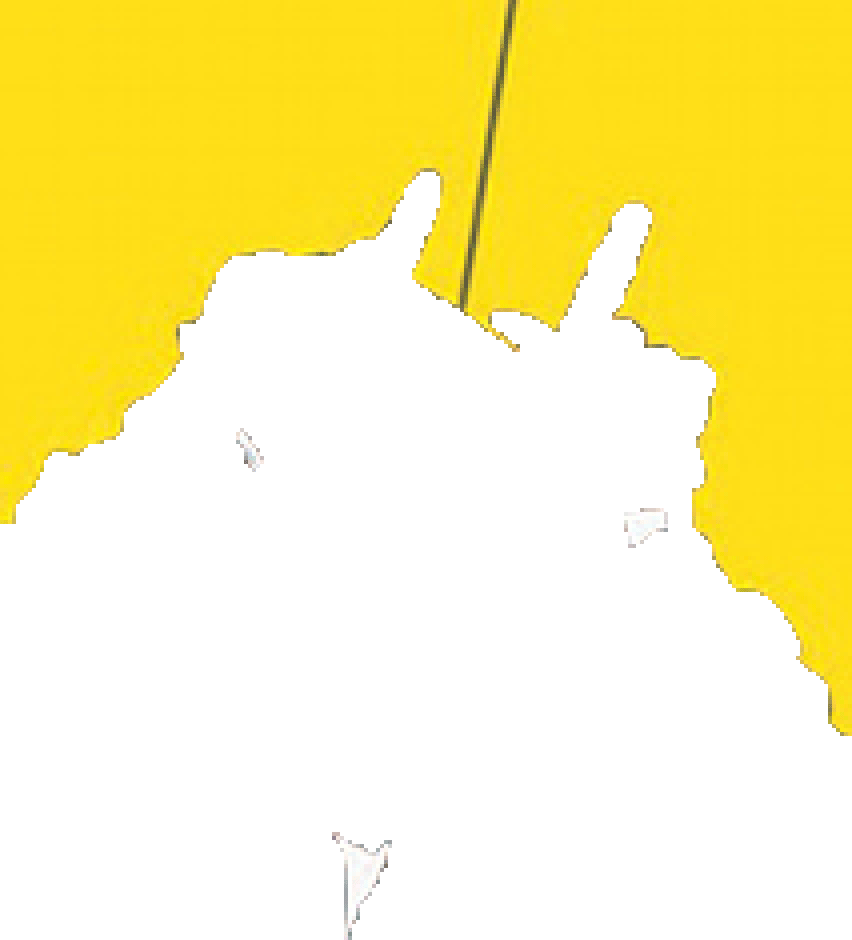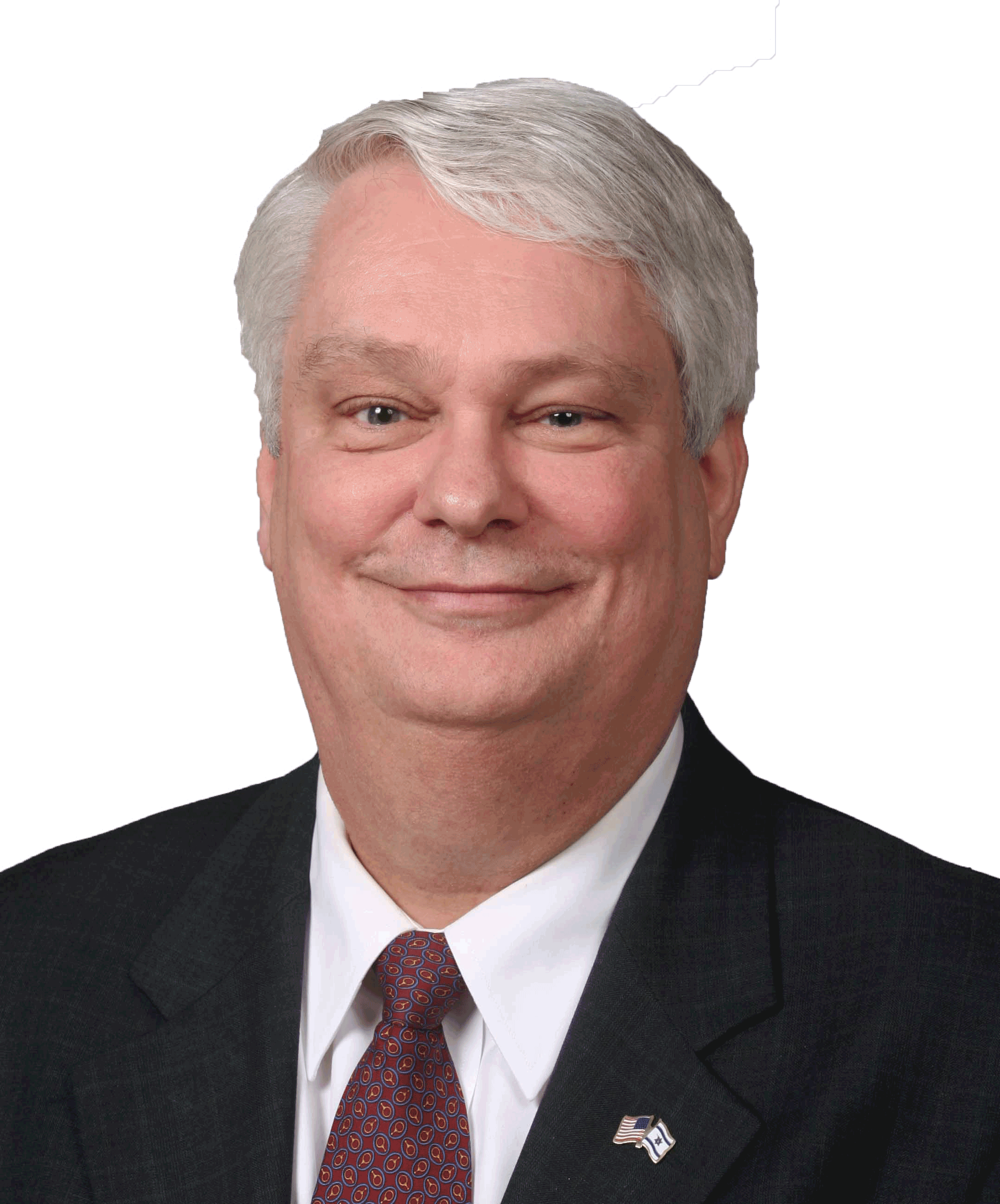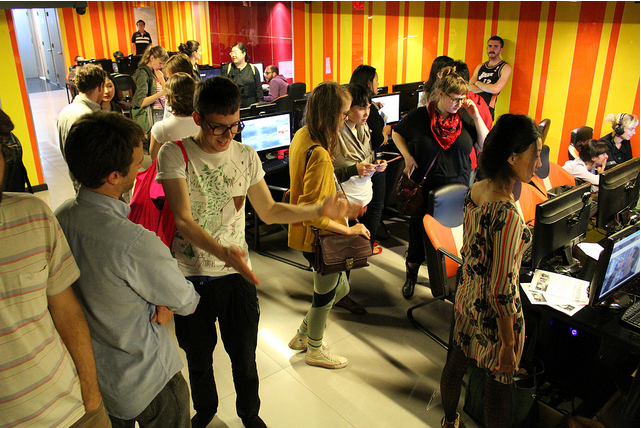|
  
|
|

|

Custom Search
Home / Manufacturing & Processing Machinery / Food Processing Machinery
VOGT TUBE-ICE P218F (1″) AIR-COOL Ice Machine
Ice Productions, Inc.
Product Details
460 VOLT (S/N-92D9719101);
Relate products of VOGT TUBE-ICE P218F (1″) AIR-COOL Ice Machine
|

Search Dictionaries.com
Search in all dictionaries at once!
Search
Spelling. Are you looking for Berna, Bora, Borba or Born?
Borna
HomeMeaning of Borna
Place
Borna is a town in the Free State of Saxony, Germany, capital of the Leipzig district. It is situated approx. 30 km southeast of Leipzig. It has approx. 21,000 inhabitants.
also known as Borna, Germany
part of German Democratic Republic, Germany, Saxony
read more about Borna (town)
Miscellanea
Borna a.k.a. Boro Language is a human language.
also known as Scinacia, Shinasha, Bworo
Online dictionaries and encyclopedias about Borna
Click on a label to prioritize search results according to that topic:
ALL SLANG MEDICAL SCIENCE IDIOM SPORTS BUSINESS ARTS LEGAL GASTRONOMY
About 988,000 results (0.27 seconds)
Borna virus – definition of Borna virus in the Medical dictionary – by …
a geographically restricted virus disease of horses and occasionally sheep, characterized by a uniformly fatal encephalomyelitis. Clinically it is characterized by …
medical-dictionary.thefreedictionary.com/Borna+virus
Borna disease – Wikipedia, the free encyclopedia
Borna disease is an infectious neurological syndrome of warm-blooded animals, caused by Borna disease virus, which causes abnormal behaviour and fatality.
en.wikipedia.org/wiki/Borna_disease
Borna disease virus – definition of Borna disease virus by the Free …
(Life Sciences & Allied Applications / Veterinary Science) Vet science a viral disease of mammals, especially horses, caused by a member of the Flaviviridae …
www.thefreedictionary.com/Borna+disease+virus
Borna disease | Define Borna disease at Dictionary.com
borna disease —n. vet science a viral disease of mammals, especially horses, caused by a member of the Flaviviridae and characterized by the development of …
dictionary.reference.com/browse/borna+disease
12345678910
powered by
Custom Search
Printed dictionaries and other books with definitions about Borna
Click on a title to look inside that book (if available):
Vitamin D and Cholesterol (2009)
by David S. Grimes, Dr David Grimes
Borna is a town close to Leipzig in Germany, where 2000 horses of the Prussian cavalry died in 1885 in a mysterious epidemic. The disease has recently been recognised as being caused by a virus that now bears the name of the town.
The Encyclopedia of Infectious Diseases (2007)
by Carol Turkington, Bonnie Ashby
Borna disease virus 31 the same as those that occur with a tetanus-diphtheria vaccine. However, pain at the injection site was more common with adolescents who received Boostrix. Other side effects included brief headaches, fever, and …
The Dictionary of Virology (2009)
by Brian W. J. Mahy
Borna disease virus (BDV) The only species in the genus Bornavirus. Named after a town in Saxony where the first major outbreak in horses occurred. Negative-strand RNA virus which produces persistent infection in a variety of experimental …
The London encyclopaedia, or, Universal dictionary of science, art, literature, and practical mechanics, by the orig. ed. of the Encyclopaedia metropolitana [T. Curtis]. (1839)
by Thomas Curtis (of Grove house sch, Islington)
BORNA, a town in the circle of Leipzic, and kingdom of Saxony, situated between two arms of the W’iehra, on the road from Leipzic to Altenburg.
Borna, being nearly burnt to the ground in 1750, has been since rebuilt in a much neater style.
Desk Encyclopedia of General Virology (2009)
by Brian W. J. Mahy, Marc H. V. Van Regenmortel
Borna viruses: BDV, Borna disease virus. Filoviruses: MARV, Lake Victoria marburgvirus; REBOV, Reston ebolavirus; SEBOV, Sudan ebolavirus; ZEBOV, Zaire ebolavirus Metapneumoviruses: AMPV, avian metapneumovirus; HMPV, human …

London encyclopaedia; or, Universal dictionary of science, art, literature and practical mechanics (1829)
comprising a popular view of the present state of knowledge by Thomas Tegg
BORNA, a town in the circle of Leipzic, and kingdom of Saxony, situated between two arms of the Wiehra, on the road from Leipzic to Altenburg.
Borna, being nearly burnt to the ground in 1 750, has been since rebuilt in a much neater style.
Black’s Veterinary Dictionary (1998)
by Edward Boden, Geoffrey Philip West
BORNA DISEASE BONE GRAFTS (see section at the end of FRACTURES) BONE MARROW (see MARROW. ANAEMIA, HAEMOGLOBIN. RED BLOOD CELLS) BONE PINNING …
Encyclopedia of Genetics, Genomics, Proteomics, and Informatics (2008)
by George Rédei
â–·RBM, â–·head/face/brain defects Borna Virus: An enveloped negative”strand, non”segmented RNA virus with inverted terminal repeats (see Fig. B53). Its genome is replicated and transcribed in the nucleus of warm”blooded animals, …
The New Schaff-Herzog Encyclopedia of Religious Thought: Morality-Petersen (2006)
by Samuel MacAuley Jackson
Stadt Borna, pp . 65-72, Borna, 1849. NO: A name used for the Egyptian city Thebes in Jer. xlvi.
Photos about Borna
Click on an item to view that photo:
Borna Sammak installation at Best Buy
Photo credit: Ben Sisto
Anthony P & Borna
Photo credit: Scootie
Borna
Photo credit: Bennett 4 Senate
Anagrams of BORNA
BARON
Jump to Place Web Books Photos Anagrams
Content is available under the Creative Commons Attribution/Share-Alike License; additional terms may apply. See Copyright for details.
Privacy Policy Keyword Tool | Romanian-English Dictionary



|
word jord



